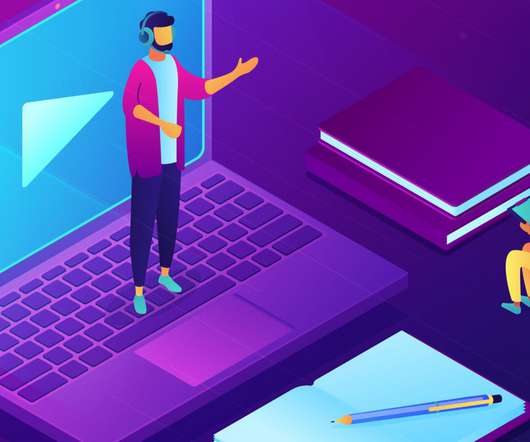Smartphones in Education: Redirecting Distraction with Mobile Learning
ViewSonic Education
DECEMBER 13, 2022
Furthermore, while not every student has access to a notebook or tablet computer, a recent survey by the Pew Research Center shows that 95% of American teens own a smartphone. In fact, this poll indicates that nearly half of American teens are online “almost constantly,” even during school hours.














Let's personalize your content